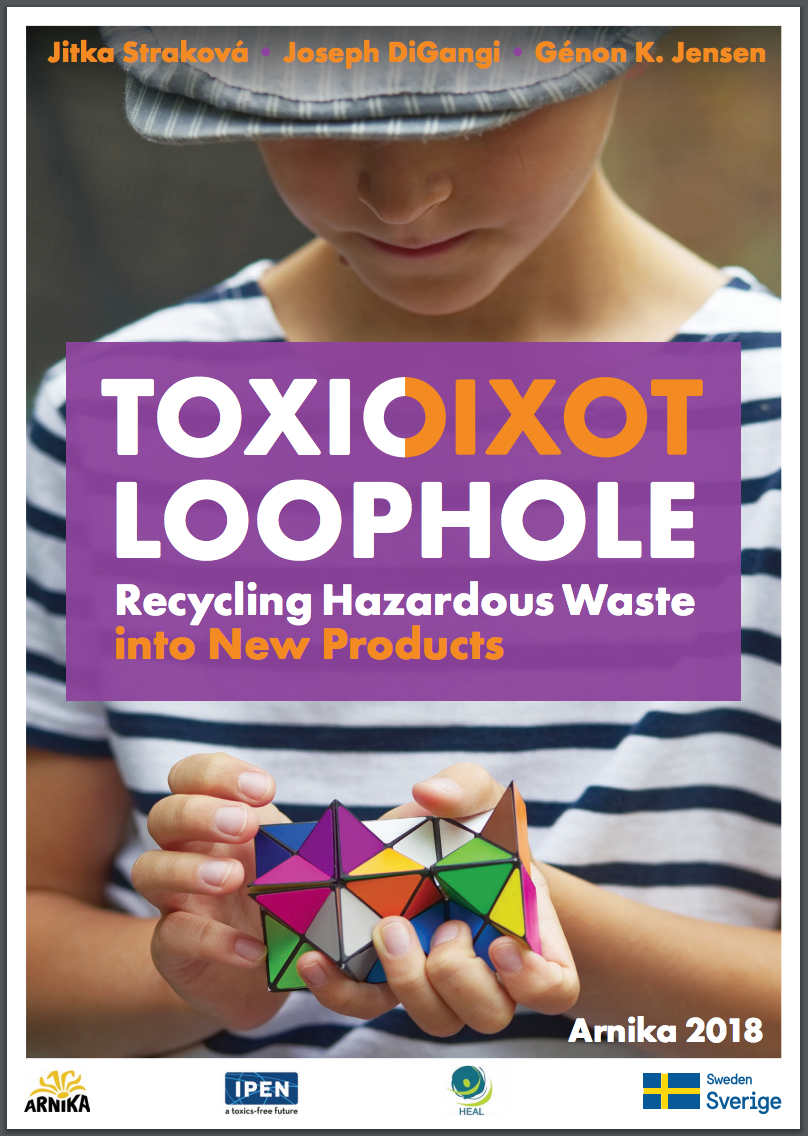Chemycal has been acquired by 3E
Learn MoreChemycal has been acquired by 3E
Learn MoreDiscover how Chemycal PRO helps you boosting your regulatory monitoring:

Environmental health researchers released alarming evidence that toxic brominated flame retardants, hazardous chemicals from electronic waste that are known to disrupt thyroid function and cause neurological and attention deficits in children, are contaminating recycled plastics in consumer products across Europe.
The report release coincides with a crucial vote in the European Parliament to establish and re-evaluate recycling exemptions for POPs (Persistent Organic Pollutants) in waste and with the European Commission’s revision of POPs waste limits. Both decisions will determine whether toxic waste materials, such as e-waste containing brominated flame retardants, will be allowed in recycled plastics.
The study, an analysis of 430 plastic children’s toys, hair accessories, and kitchen utensils purchased in 19 European countries showed that 109 (25%) had elevated levels of bromine, indicating potential presence of a brominated flame retardant. The 109 samples were then analysed further for concentrations of specific brominated flame retardant chemicals which showed 50 (46%) would fail to meet the EU POPs Regulation if the product was composed of new plastic rather than recycled plastic.
“Our research found flame retardants chemicals called PBDEs and HBCDs in overwhelming majority of analysed samples. This is worrying as these two chemicals are among the 28 most hazardous chemicals on the planet. The only way to protect people from hazardous chemicals in recycled e-waste is to close the recycling loophole and keep toxic waste out of recycled plastic,” said lead study author Jitka Strakova, Arnika’s researcher specialised in POPs.
Both chemical groups are currently found in e-waste. PBDEs are a group of chemical flame retardants that exist in the casings and wire insulation of old electronics and appliances and HBCD appeared in polystyrene foams and plastics for electronics and cars.
CONTINUE READING ON env-health.org
2013 © MyChemicalMonitoring. ALL Rights Reserved. About Us | Terms and Conditions